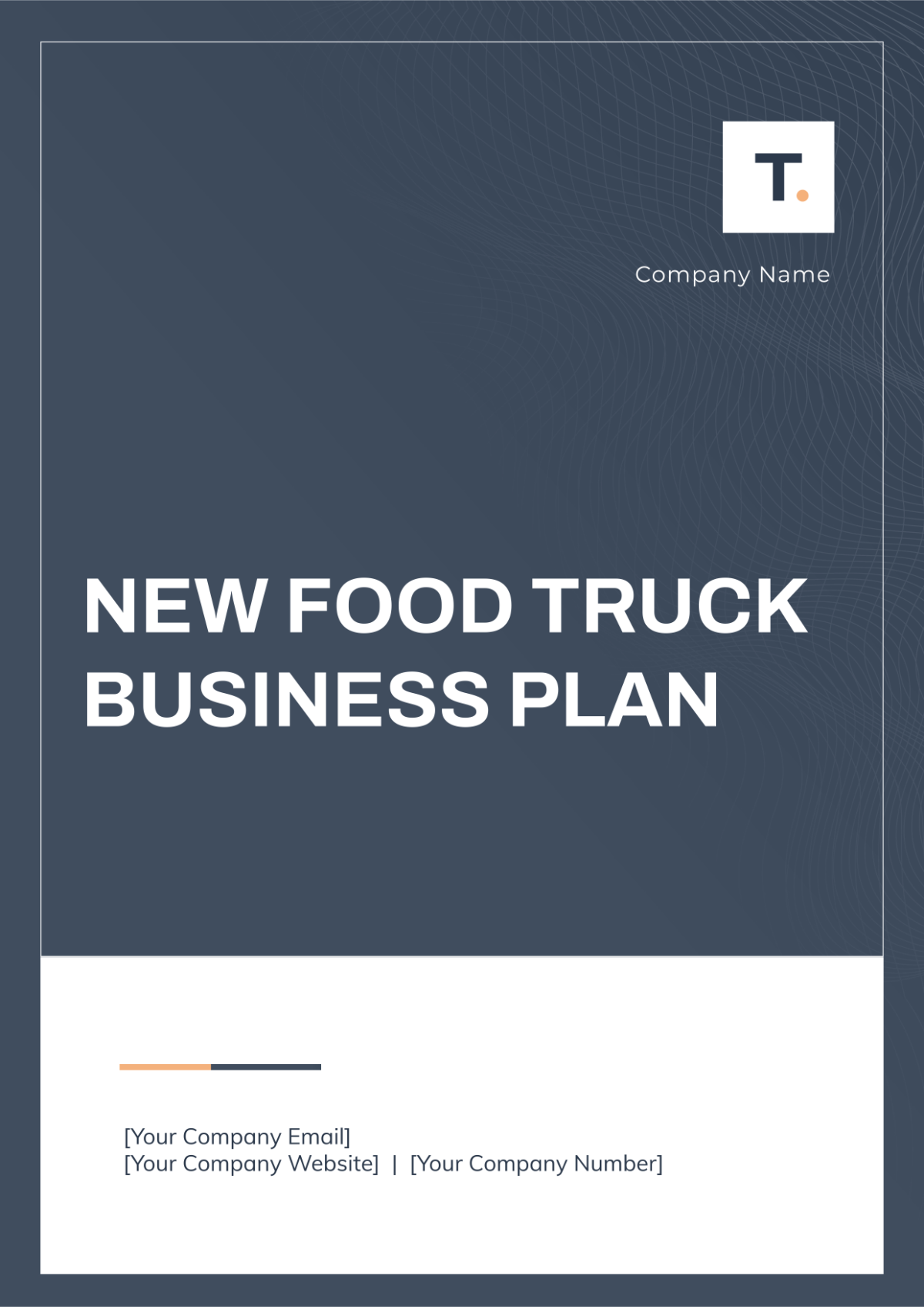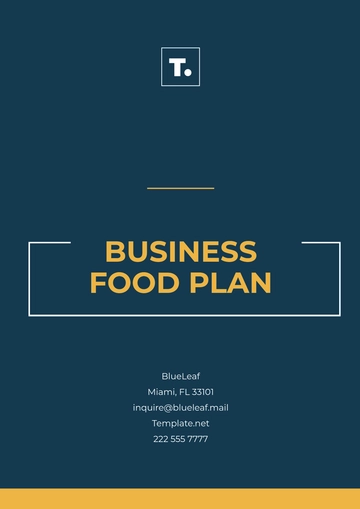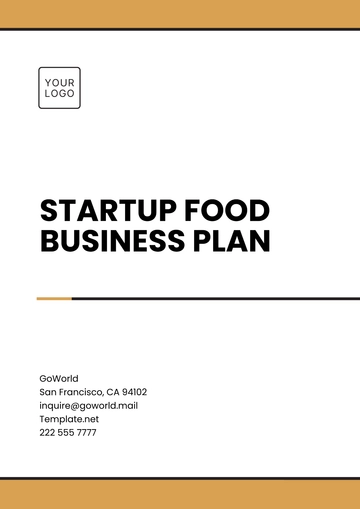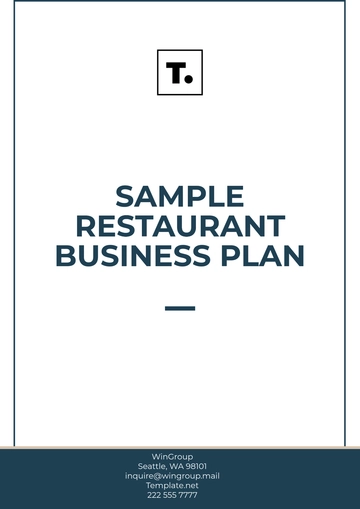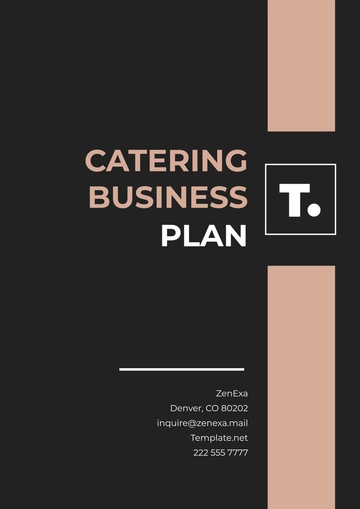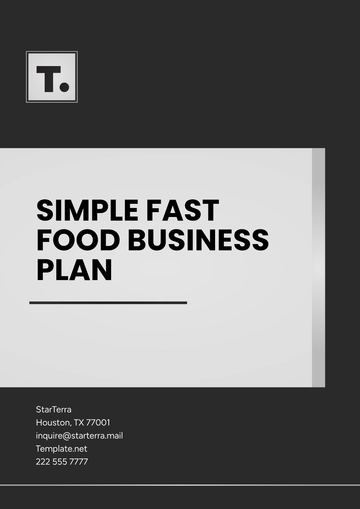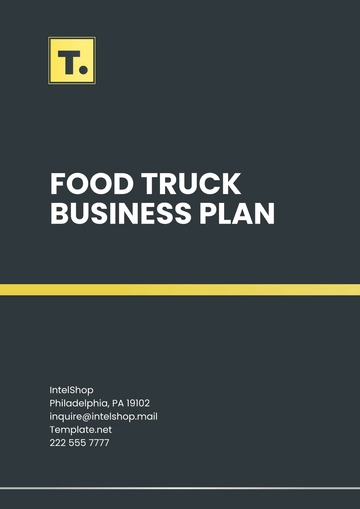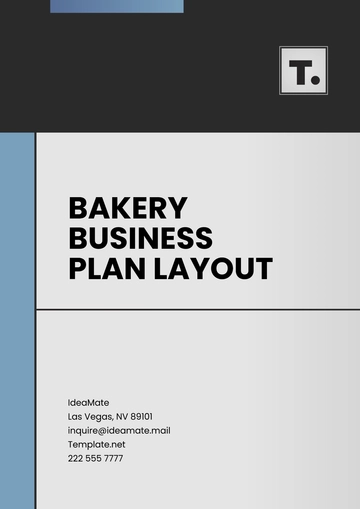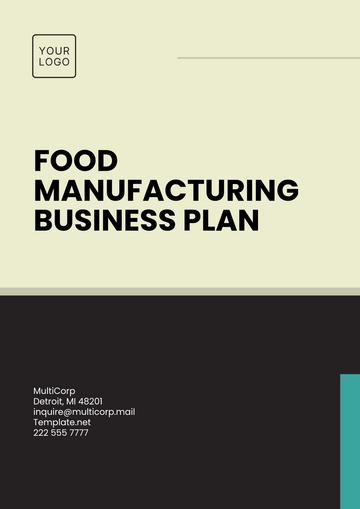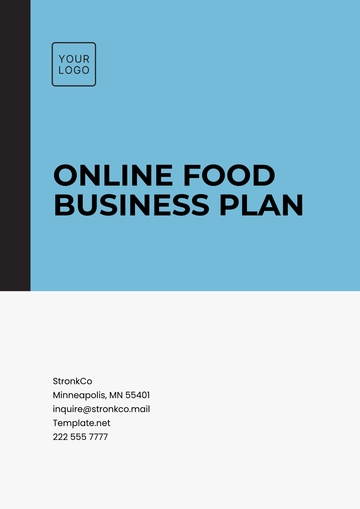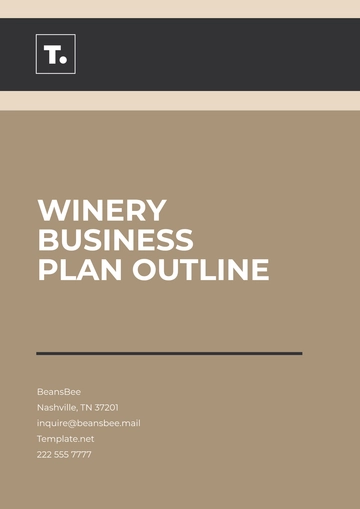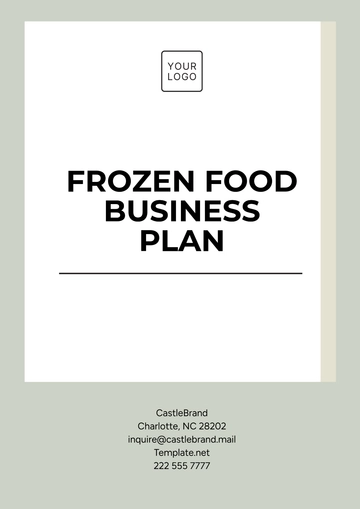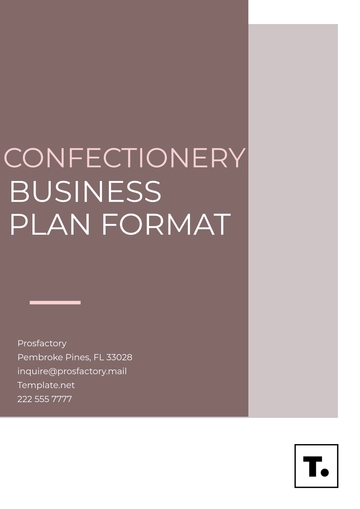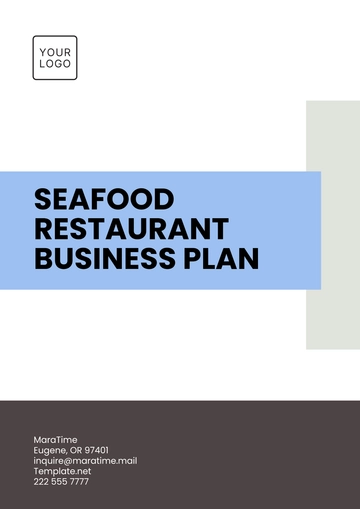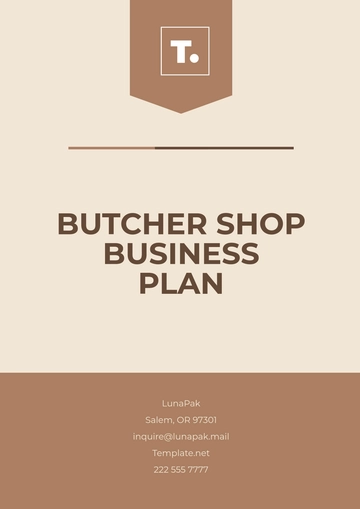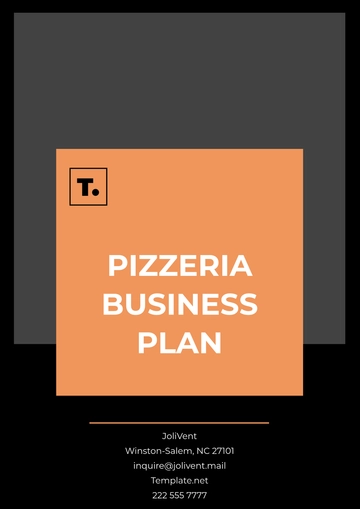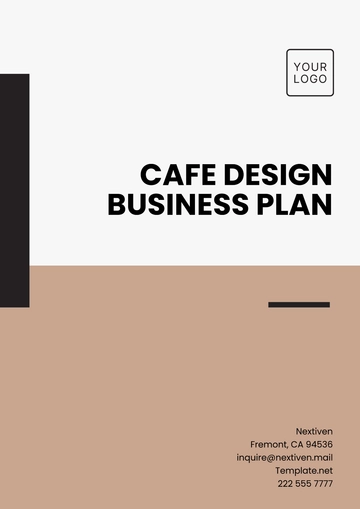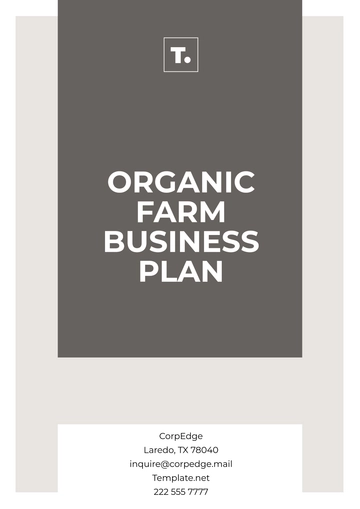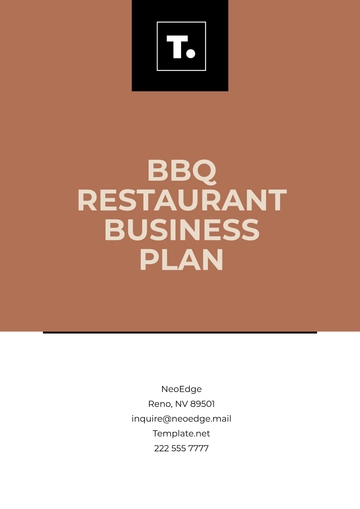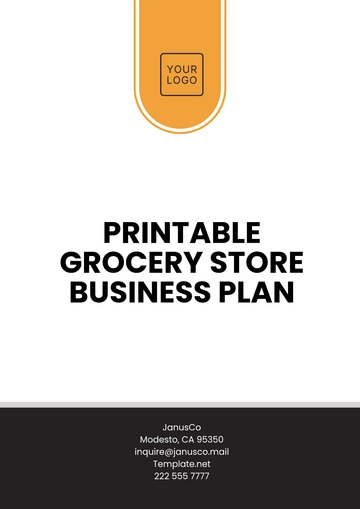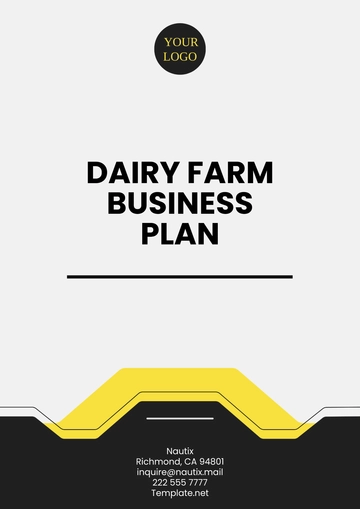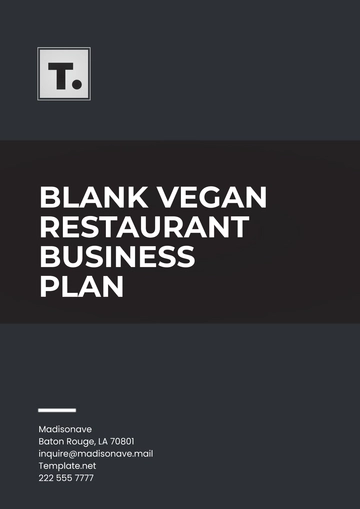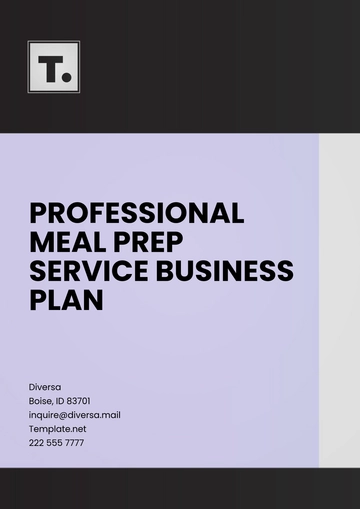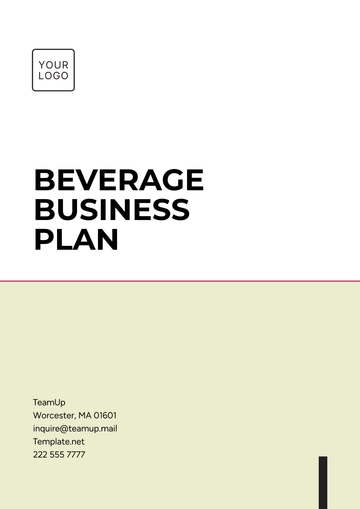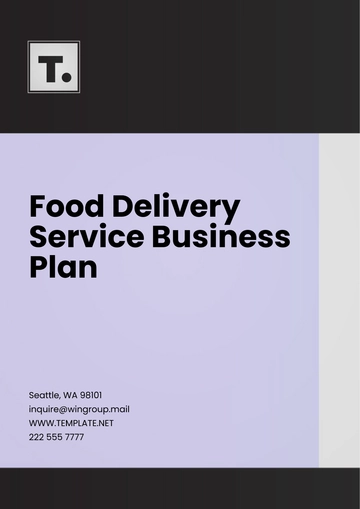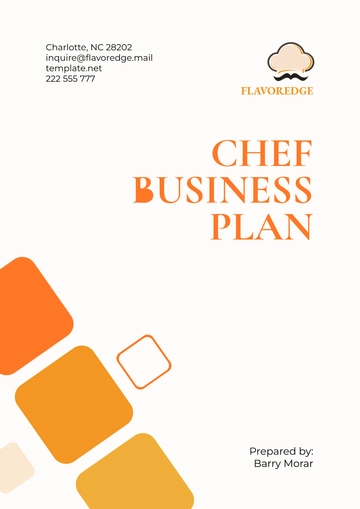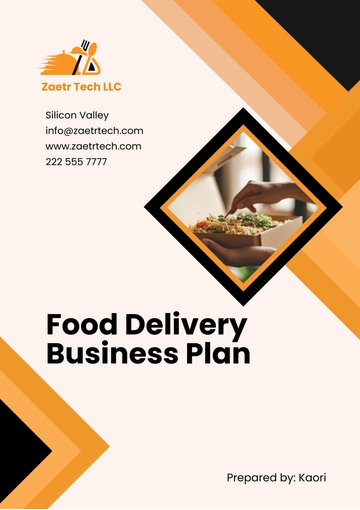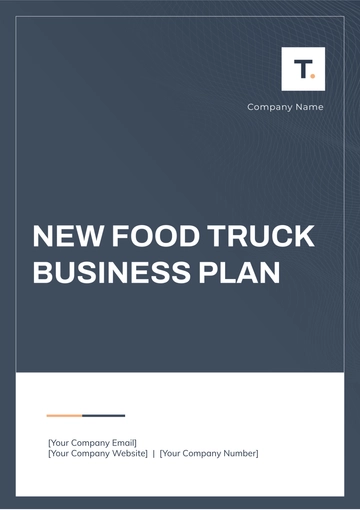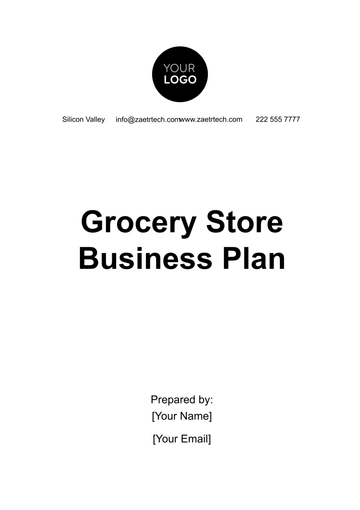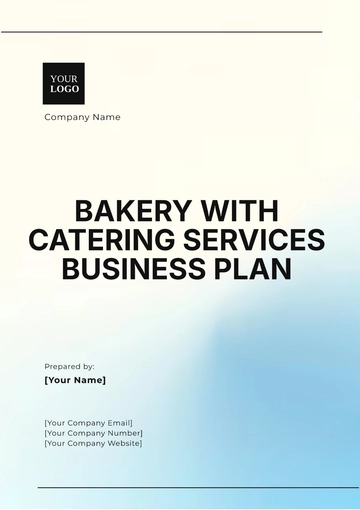New Food Truck Business Plan
1. Executive Summary
Business Name: [Your Food Truck Name]
Location: [City/Area of operation]
Type of Cuisine: [Type of food served]
Business Concept: Briefly describe your unique food concept and why it will succeed.
Mission Statement: Your business’s purpose and what sets it apart from competitors.
Objectives: Short-term and long-term business goals.
2. Company Description
Ownership Structure: Sole proprietorship, partnership, LLC, etc.
Owner(s) Background: Brief introduction to the founders, including their qualifications and experience in the food industry.
Business Model: Describe how the food truck will generate revenue (e.g., direct sales, catering, events, etc.).
Location Strategy: Explain where you’ll operate (e.g., street locations, festivals, farmer’s markets, business districts).
3. Market Research & Analysis
4. Menu and Pricing Strategy
Menu Offerings: Describe key menu items and their uniqueness. Include specialty dishes, seasonal offerings, and beverage options.
Sourcing & Ingredients: Where and how will you source your ingredients? (local farms, organic suppliers, etc.)
Pricing Strategy: How do you price your items? Consider food cost percentage, competitor pricing, and target customer affordability.
5. Marketing and Sales Strategy
6. Operations Plan
Food Truck Design: Describe the layout of your truck, equipment required, and any custom modifications.
Daily Operations:
Staffing Plan: Number of staff, roles (e.g., chef, cashier), training, and compensation.
Suppliers: List key suppliers and how often you’ll need deliveries (daily, weekly).
Technology & Equipment:
Point-of-sale (POS) system.
Payment methods (cash, card, mobile payments).
Cooking and refrigeration equipment.
7. Financial Plan
Startup Costs: Estimate costs to launch (truck purchase or lease, equipment, licenses, permits, inventory, branding, etc.).
Revenue Projections: Forecast sales for the first year based on expected daily customers, average transaction size, and days of operation.
Operating Costs:
Fixed expenses (truck maintenance, permits, insurance, rent for parking spots).
Variable expenses (inventory, wages, marketing).
Break-even Analysis: At what point do you cover all your costs and start making a profit?
Funding Requirements: How much money will you need to launch the business and sustain it? Outline potential funding sources (loans, investors, savings).
Profitability: Provide a 3-5 year financial projection with estimated profit margins.
8. Legal Requirements
Licenses and Permits: Identify the necessary permits (food handler, health inspections, business license, etc.).
Health & Safety Compliance: Explain how you’ll meet local health and safety regulations.
Insurance: What insurance policies will you need (truck, liability, employee)?
Trademarks & Patents: Protecting your brand name, logo, or any unique food preparation techniques.
9. Risk Analysis
Potential Risks: List risks (weather conditions, truck maintenance issues, regulatory changes, etc.) and how you will mitigate them.
Contingency Plan: Have a backup plan for unforeseen events, like emergencies, unexpected expenses, or business disruptions.
10. Growth Plan
Future Expansion:
Opening more food trucks.
Franchising opportunities.
Transitioning to a brick-and-mortar restaurant.
New Revenue Streams: Catering, merchandise (e.g., branded shirts, sauces), or partnerships with local grocery stores.
Business Plan Templates @ Template.net
